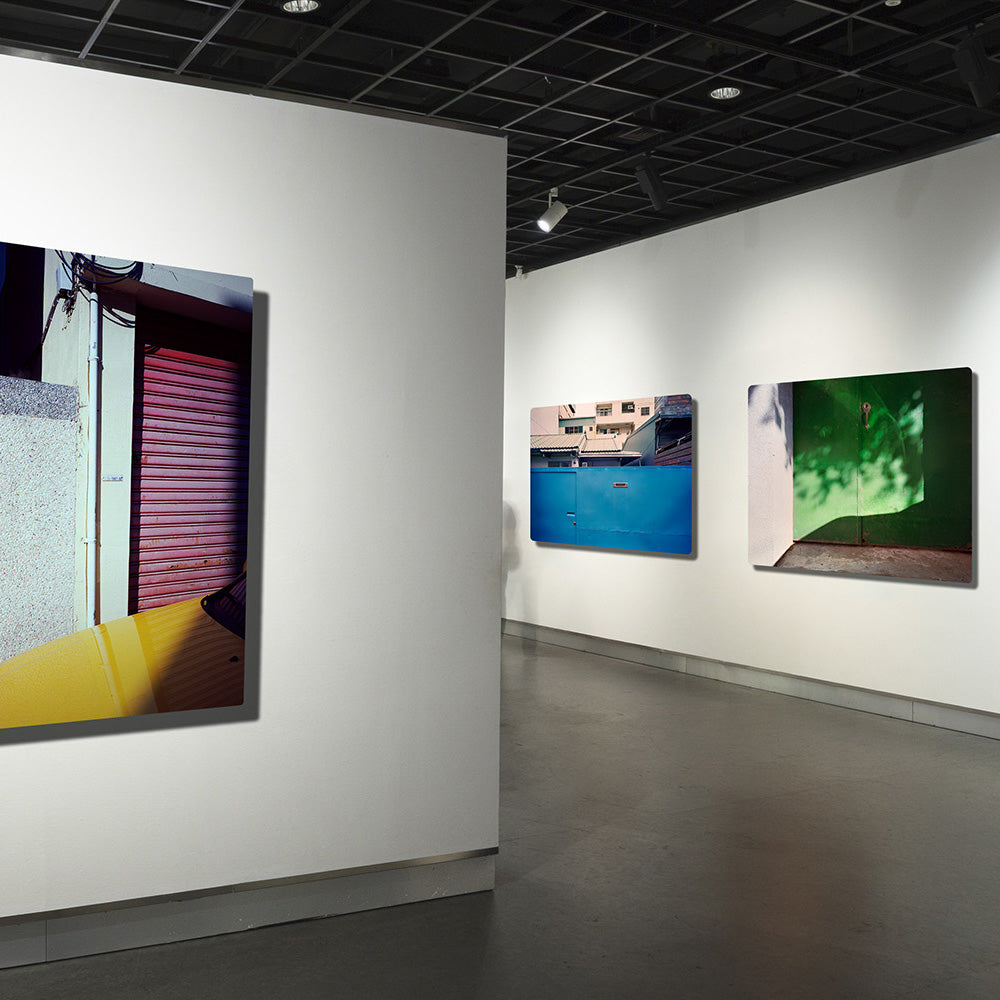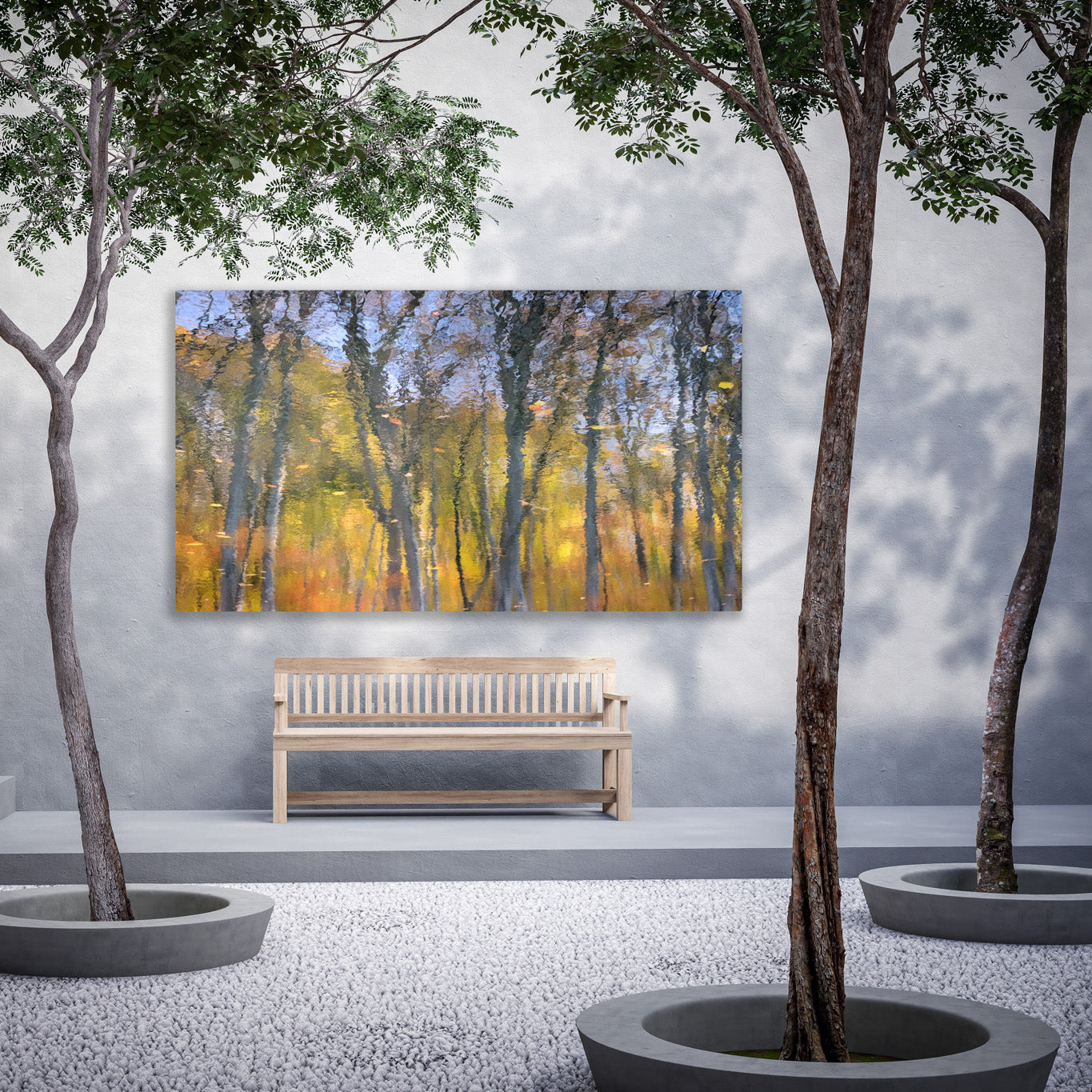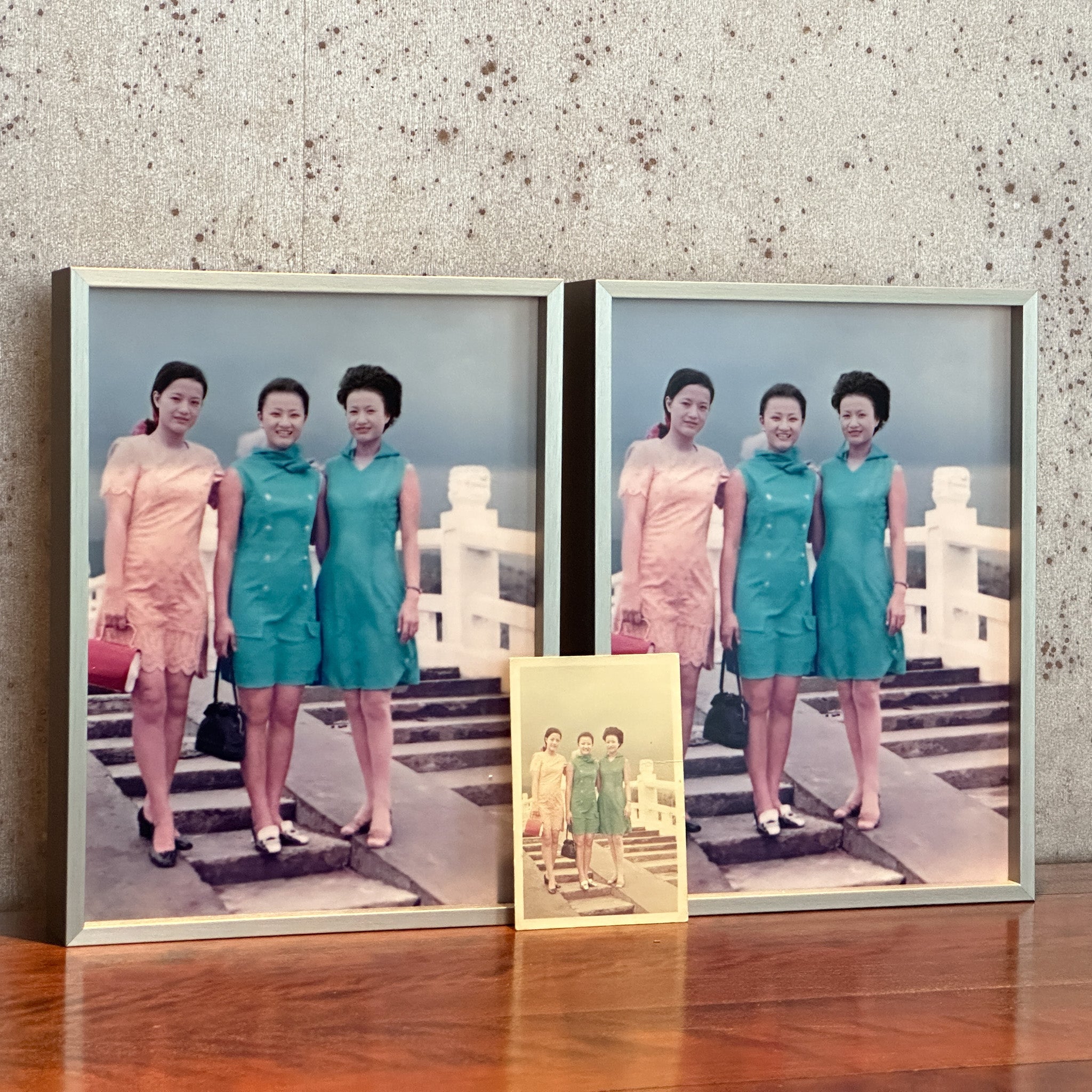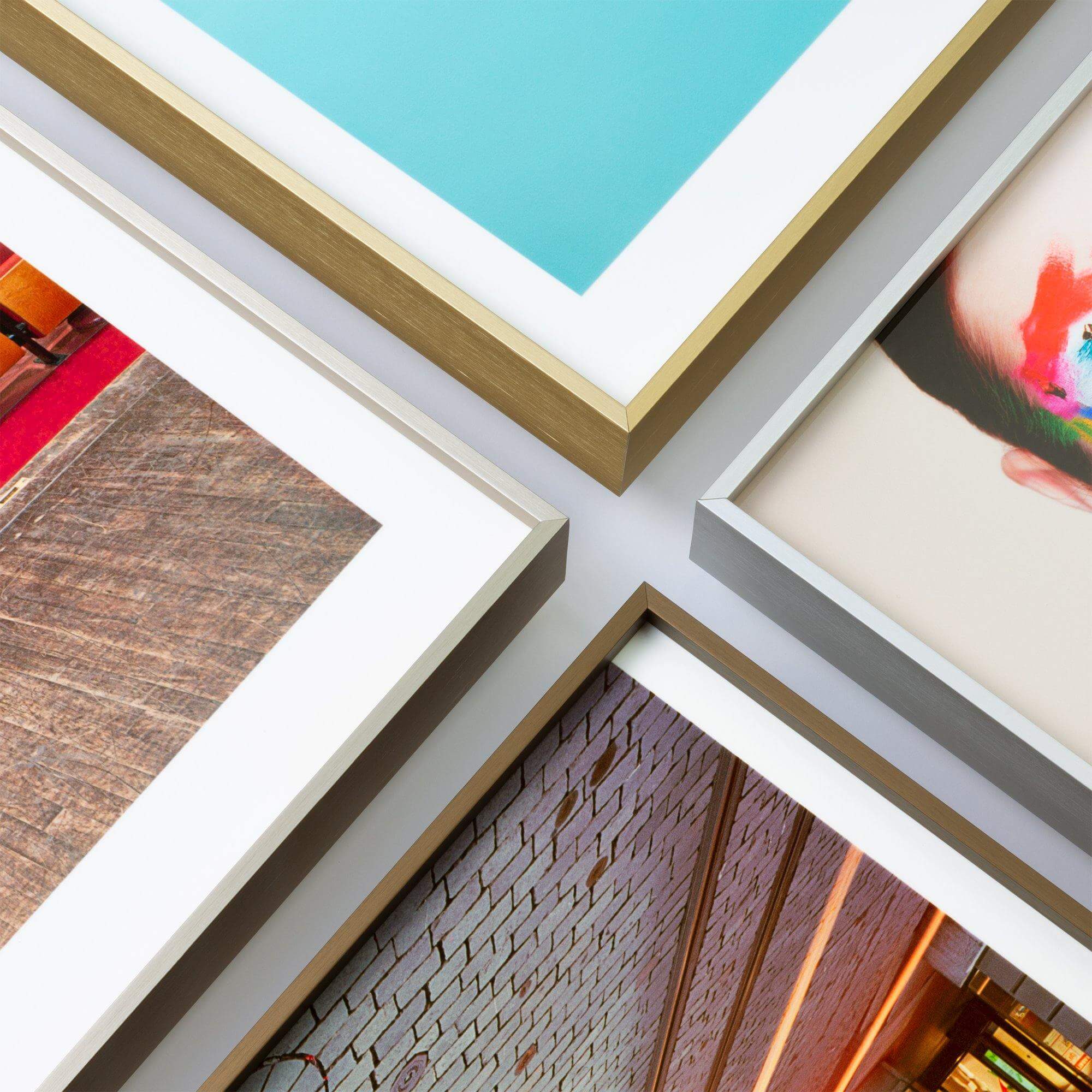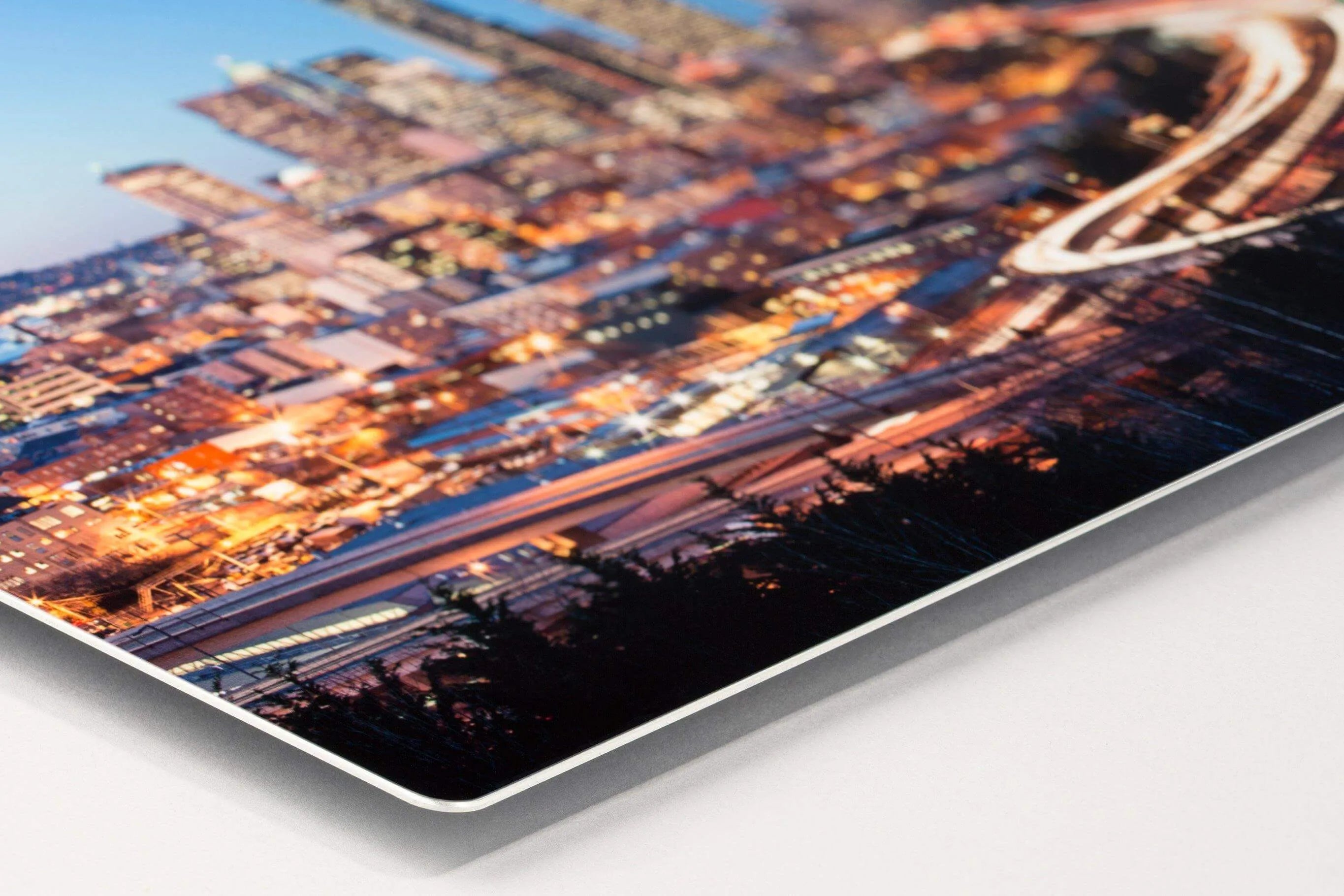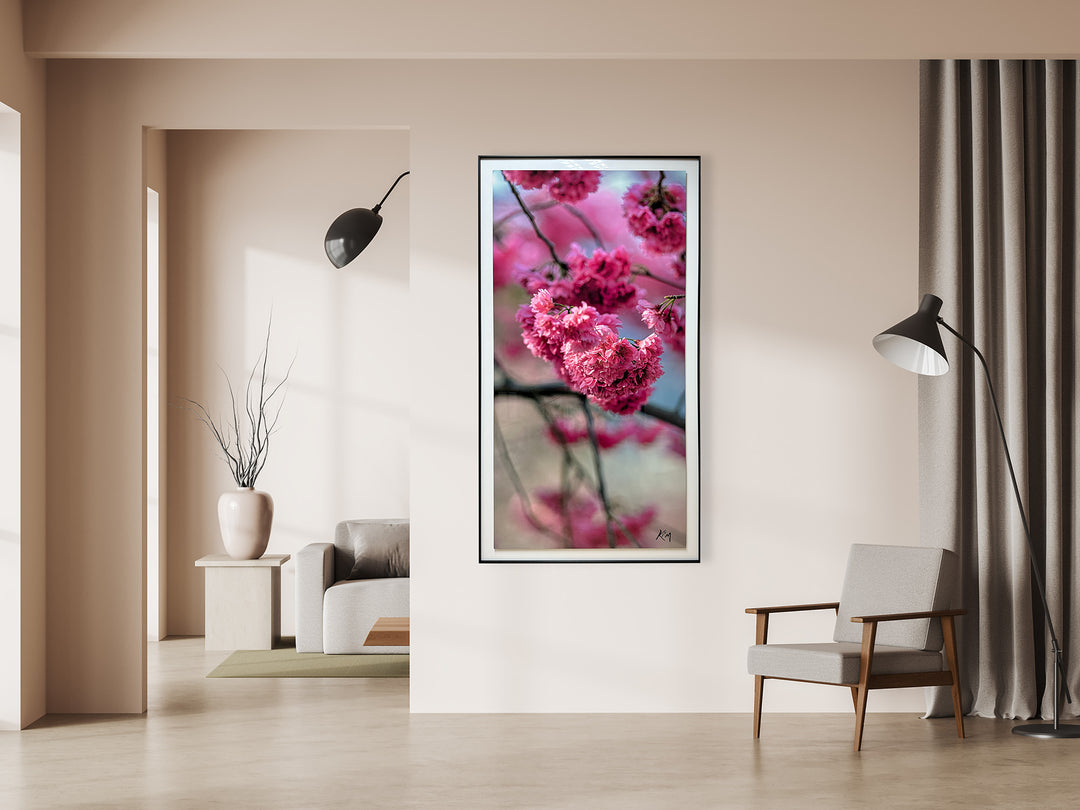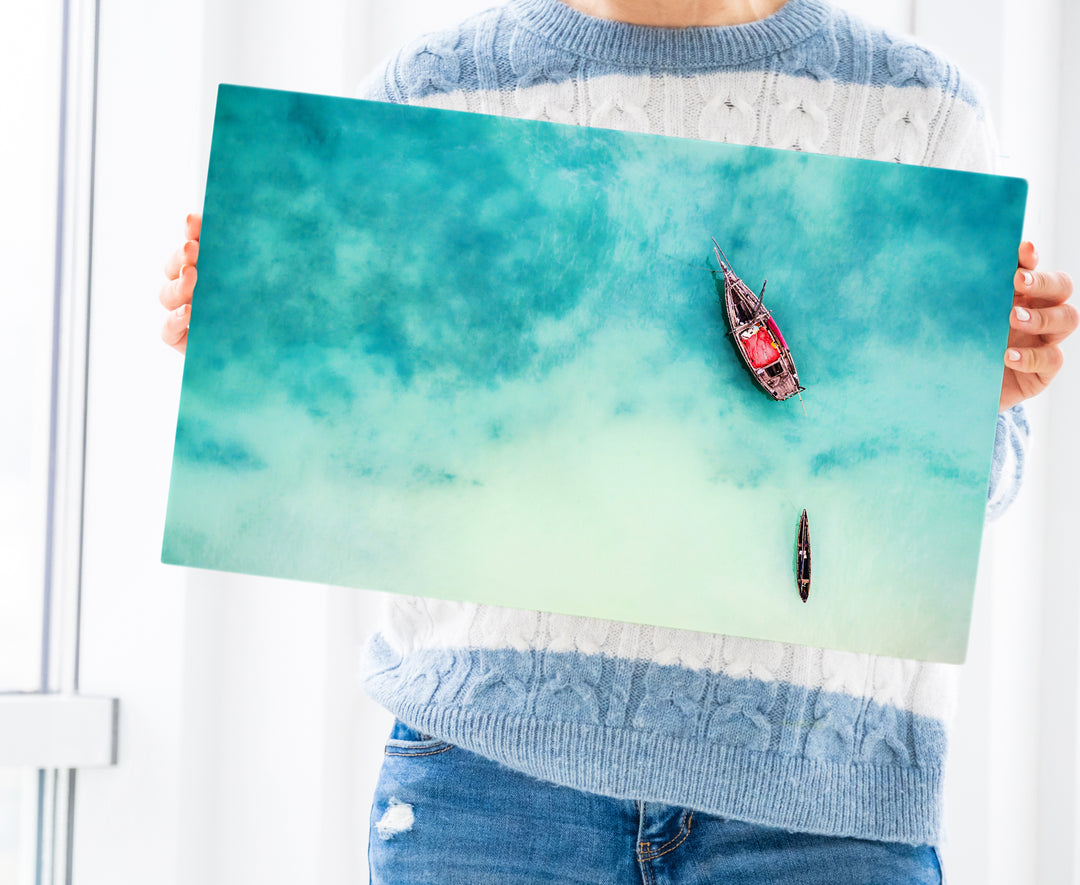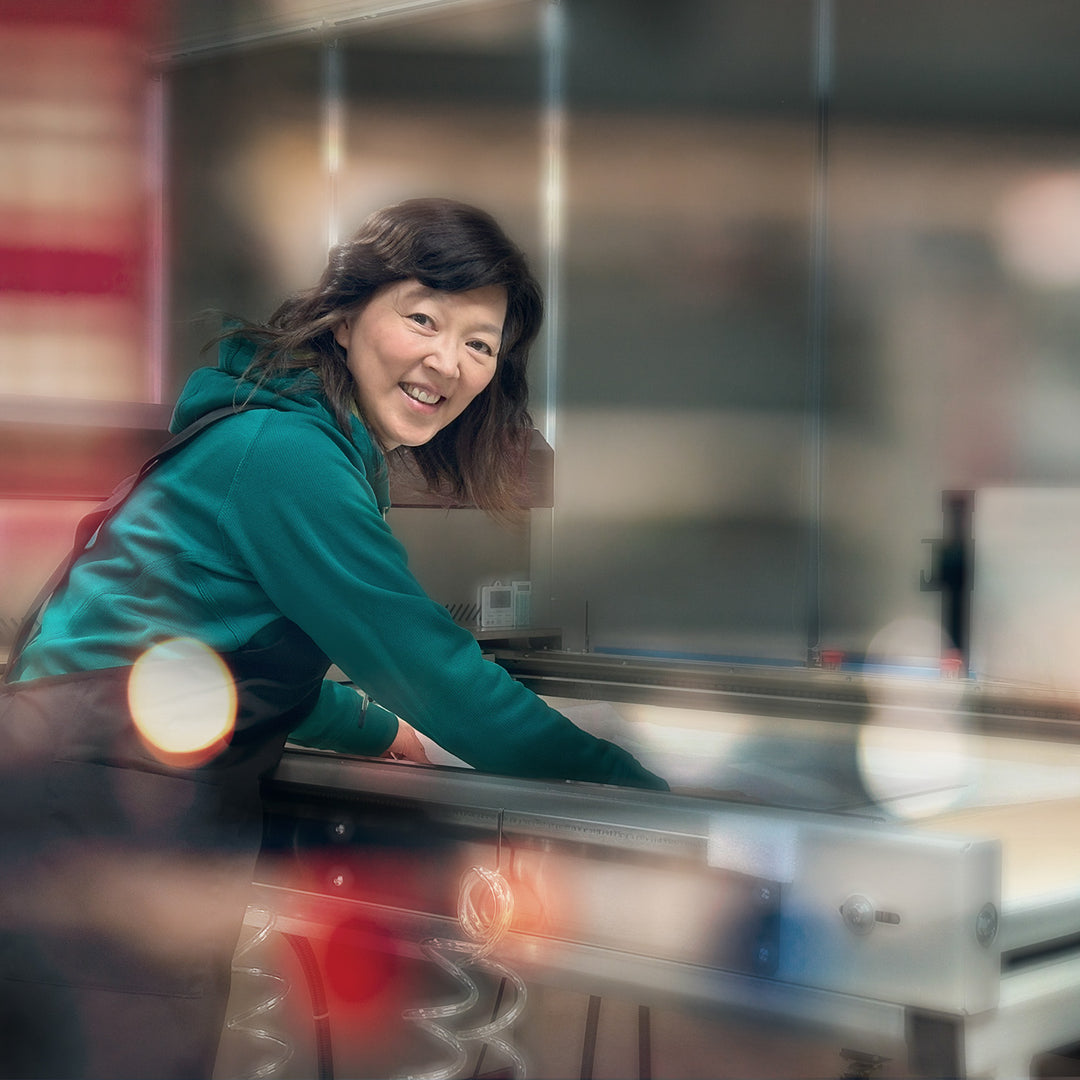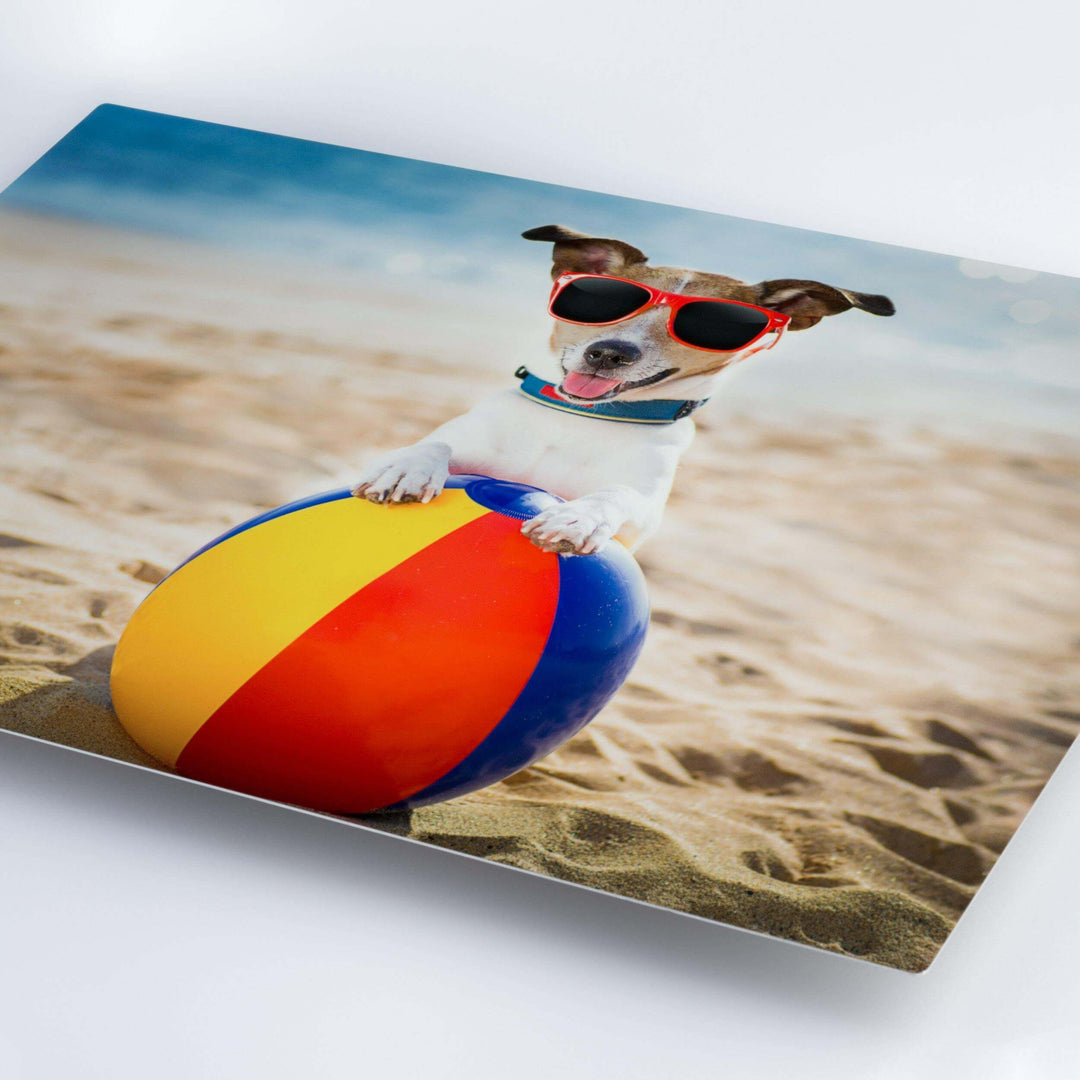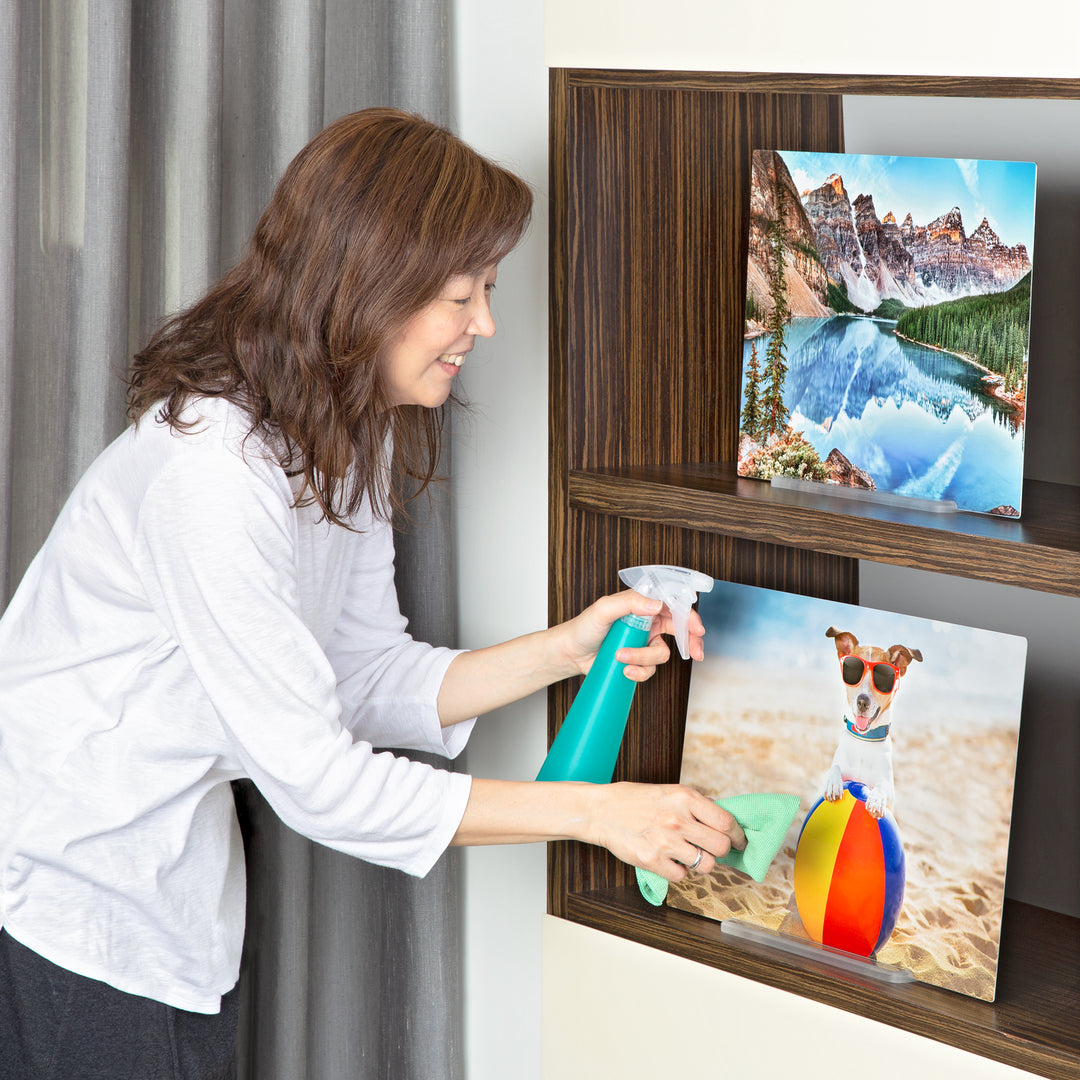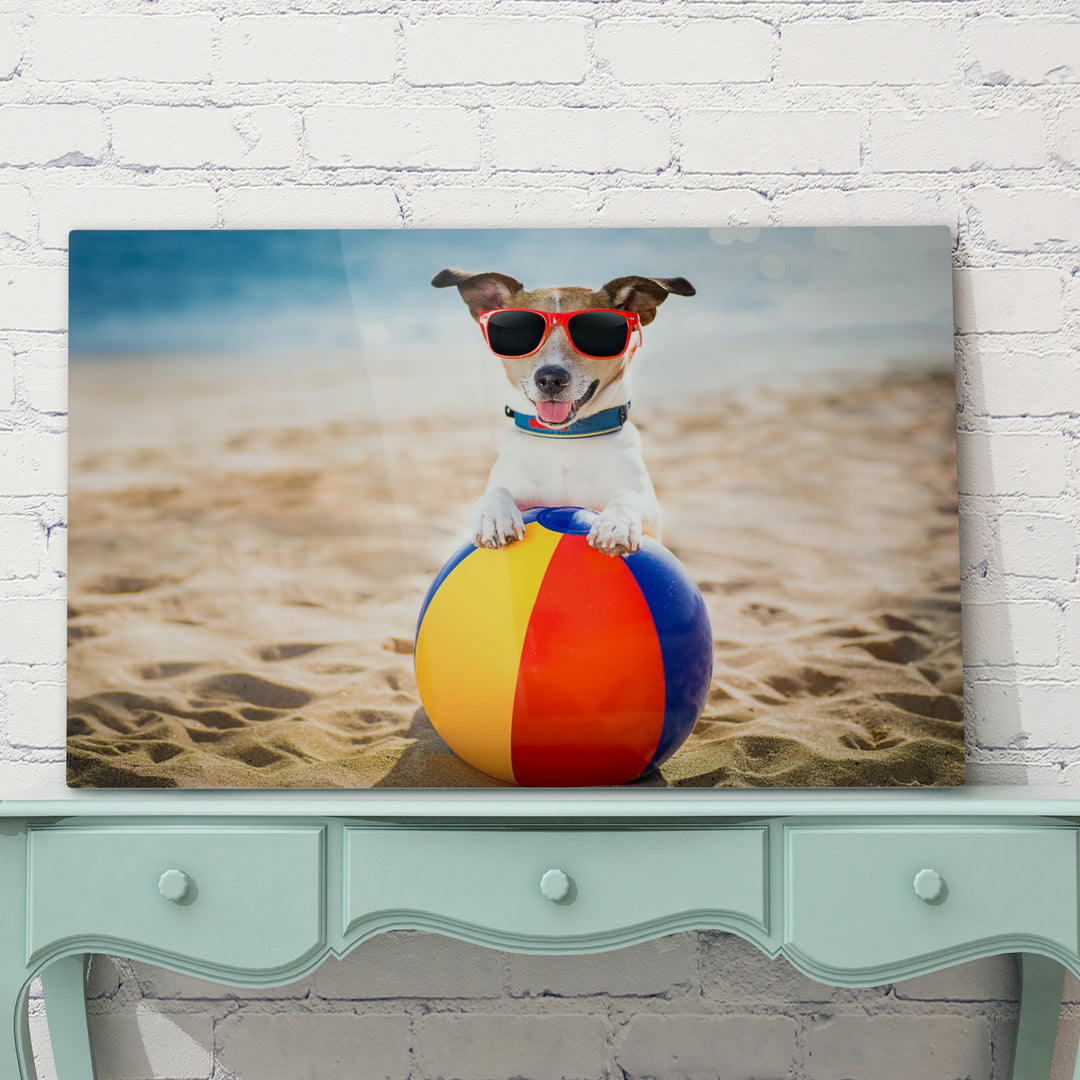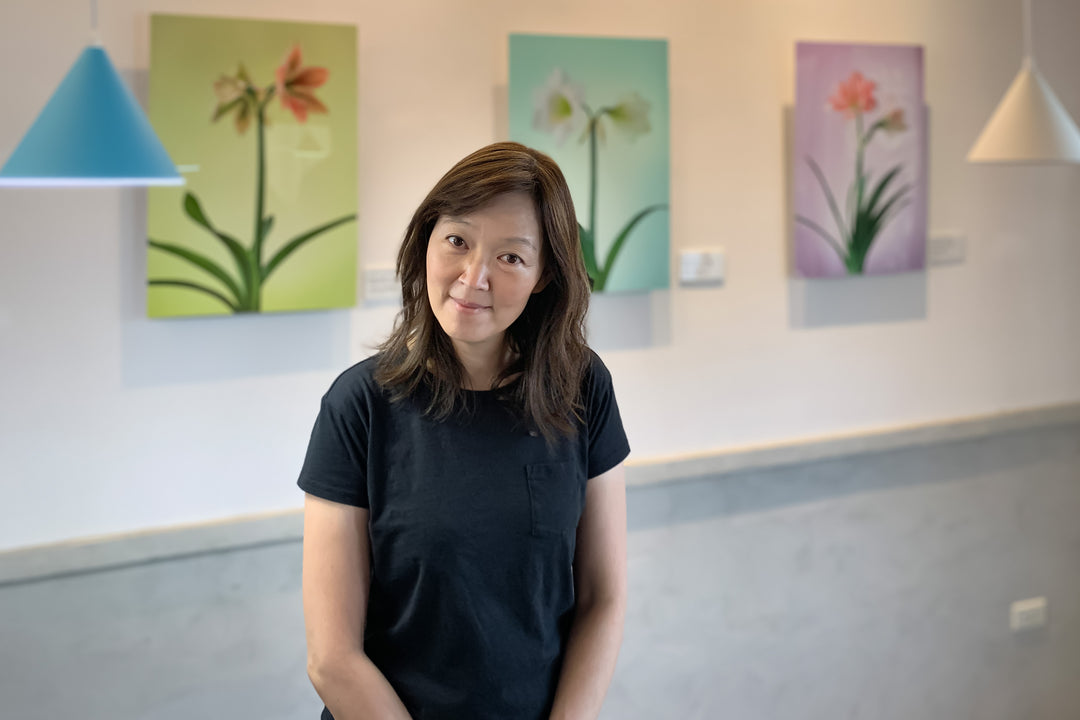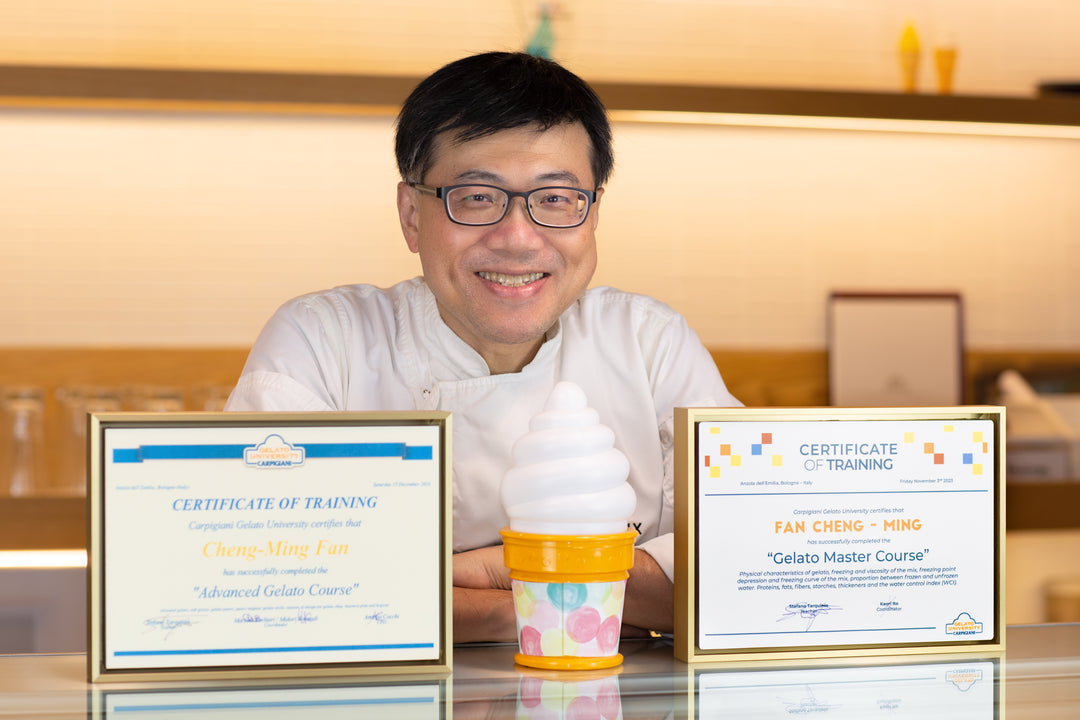
In 2016, independent research organization William Imaging Research published a detailed report on metal images printed with ChromaLuxe aluminum plates after a series of tests. Based on the content of the report, ChromaLuxe USA published an article that analyzes the test report in a bullet point manner, making it easier for readers to understand the test report of William Imaging Research (WIR).
Below is our translation of the key points of this ChromaLuxe article into Chinese, with the original English text attached at the end for reference for friends who are interested in learning more about the durability of metal prints. If you have further questions, please contact us and we will do our best to reply to you!
In 2016, William Imaging Research (WIR) conducted durability testing on ChromaLuxe Metallic Imprints. This is the first full report published on the market. The following is the report content, with some notes.
What was tested?
WIR's research tests used two inks transferred onto ChromaLuxe aluminum panels:
- Epson Ultrachrome DS Ink
- Sublijet HD Pro Photo XF Sawgrass Ink
What are the test results?
- Epson Ultrachrome DS Ink: Wilhelm Display Performance Rating 65 years
- Sublijet HD Pro Photo XF Sawgrass Ink: Wilhelm Display Performance Rating 64 years
What does the term “display permanence” mean?
The rating represents the number of years that the naked eye may notice slight fading, or changes in color balance, when compared to a newly completed image under bright light. Under normal lighting conditions, WIR expects the ChromaLuxe metallic print to last over a hundred years.
What are the testing standards?
The results are extrapolated using the WIR Visual Weighted Endpoint Criteria v3.0 at 450 lux lighting conditions for 12 hours a day.
What is lux? Lux is the unit used to measure the illumination of a light source, measuring the luminous flux received per unit area. It measures the total amount of visible light present, and its illumination intensity.
Do the test results apply to all lighting conditions?
Test results are not applicable to all lighting conditions. Lighting conditions vary in homes, offices, museums and galleries, and when color images are displayed under lower illumination, the image will last longer; similarly, if the image is continuously displayed in excess of the 450 lux used in the test, the lifetime will be shortened.
The following are typical illuminances (Lux) in our daily living environment:
- Museums and galleries: 50 – 150 lux (depending on the exhibited media)
- Hotel rooms: 100 lux
- Home: 150 – 300 lux
- Retail stores: 300 – 500 lux
- Outdoor (cloudy): 1,000 lux
- Outdoor (daylight): 10,000 lux
How does ChromaLuxe's durability rating compare to silver halide paper?
Compared to glass-mounted (Kodak) silver halide prints, ChromaLuxe metallic prints without any mounting are three times more durable than silver halide images. Under the same test parameters, Kodak Endura Photo Paper framed with glass has a durability rating of 19 years for WIR.
If I frame my ChromaLuxe with glass, can it last longer?
No, ChromaLuxe's durability is a major advantage, so it does not need to be framed with glass. WIR test results show that placing the ChromaLuxe Metallic Print behind glass has little effect on the results.
But isn’t crystal mounting (Diasec) better?
No, crystal mounting is essentially still outputting works on photographic paper. If acrylic is directly bonded and applied to the surface of the photo, the durability of acrylic crystal mounting will be improved by about 25% to 30%. This means that the preservation durability of ChromaLuxe metal photos is still 2.3 times that of crystal mounting.
What about acrylic?
As is the case with Crystal Mount (Diasec), if it is photo paper, it will reach the fading point much faster than ChromaLuxe. In addition, there are many types of acrylic, and the choice of glue and adhesive is also different, all of which may have a negative impact on the durability of the output work. At the same time, acrylic is not scratch-resistant and easily damaged. In addition, the weight of acrylic and crystal mounting is much heavier than ChromaLuxe.
So what about metal UV direct printing?
Metallic UV direct printing is a completely different process and the finished product cannot compare to the high gloss and high color saturation of ChromaLuxe. At the same time, UV direct printing reduces the color gamut and is designed mainly for printing advertising signs, not for printing high-end imaging works.
Some advertisements say that Kodak silver halide paper can be preserved for more than 100 years. Is this true?
Kodak Photo Paper developed its own durability tests, which have been used for many years. Under this internal testing standard, Kodak claims that its photo paper will not fade within 100 years. It is important to understand that the Kodak and WIR testing methods have the following differences:
- Kodak: 120 lux of light for 12 hours a day
- WIR: 450 lux of light for 12 hours per day
It can be seen that it is easier to achieve the result of no fading for 100 years by testing in the Kodak method. Notably, ChromaLuxe was three times more durable than Kodak photo paper in the WIR test.
Is it Kodak's or WIR's test results that are authoritative in the image output industry?
WIR's testing method has become the industry standard for image output. Kodak's testing method only applies to Kodak's internal products and is therefore not widely recognized.
Besides the fading rating, what else should we pay attention to in the report?
In addition to fade resistance being the most important result in the report, WIR's report also points out that ChromaLuxe has excellent water resistance, moisture resistance, and is not afraid of ozone. These added values make ChromaLuxe the best choice for high-end image output.
- ChromaLuxe is durable, lightweight and easy to clean, making it ideal for display in museums, galleries, hotels, public spaces and homes.
- ChromaLuxe does not require glass or acrylic framing to affect the viewing experience
- ChromaLuxe high gloss finish delivers greater gloss and vitality than any other glossy photo paper
- Some other photo papers can also be preserved for hundreds of years, but they are all matte or semi-matte surface materials.
- There are some high-gloss art papers, but they usually contain a layer of barium sulfate (Baryta), which does not meet the requirements of acid-free paper.
If you want to know more about the test details, we have detailed descriptions in Chinese and English in another article [Technical Report: Wilhelm Research Institute confirms the durability of ChromaLuxe] , please feel free to refer to it.


